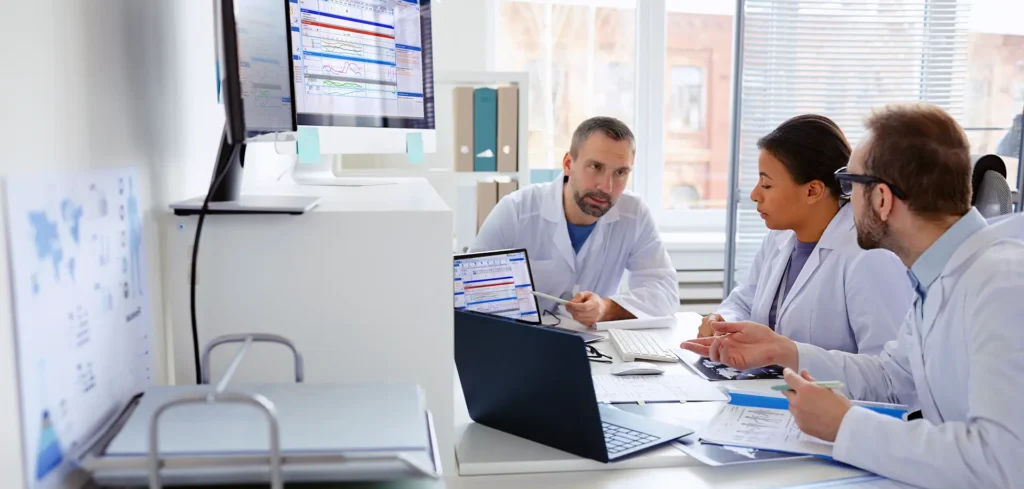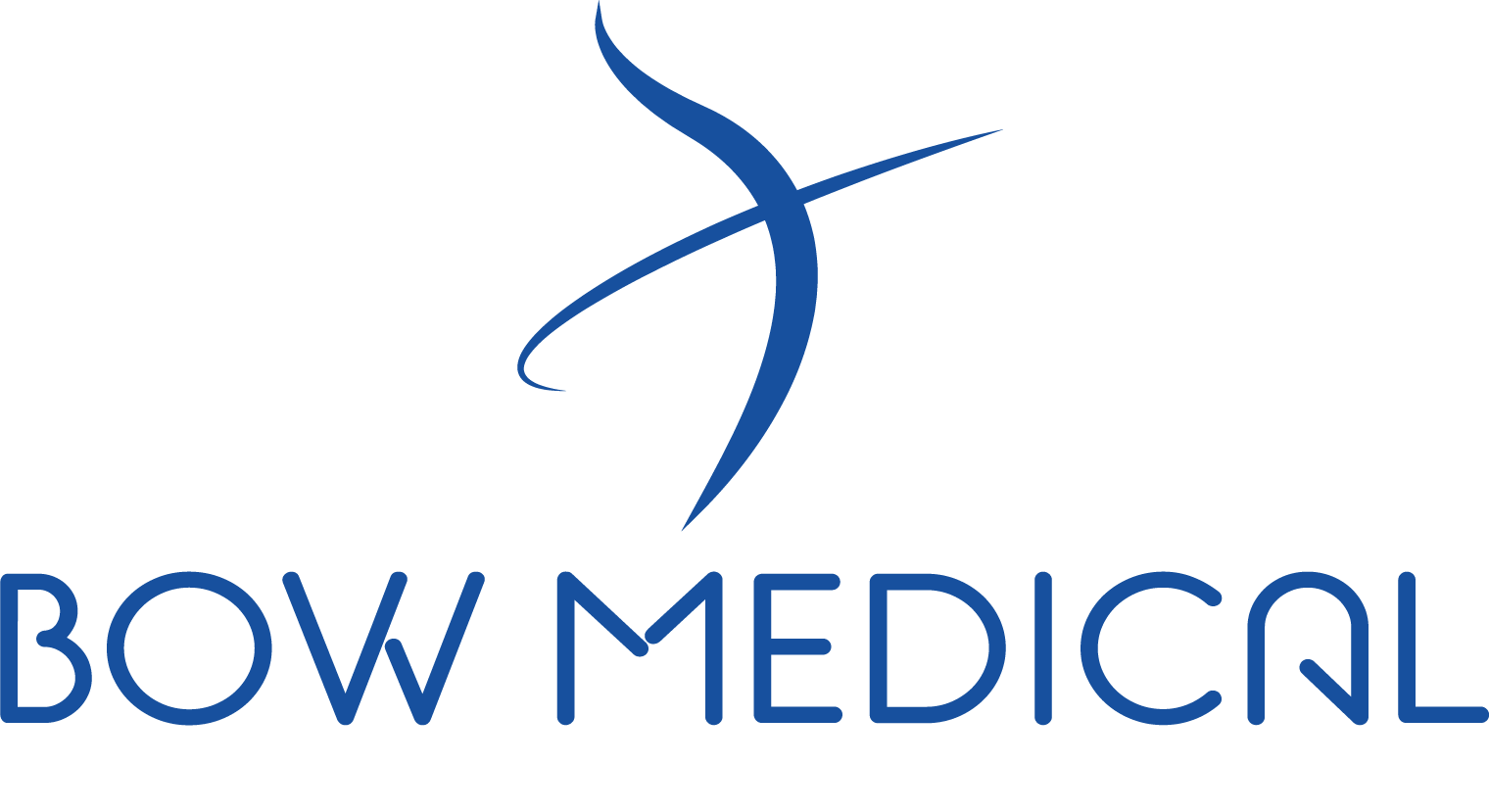The Diane solution presents several key characteristics that make it particularly attractive for healthcare facilities wishing to connect their medical devices to a centralized system.
These characteristics are of particular interest for improving operational efficiency, reducing costs, and enhancing the quality of patient care.
Extensive Compatibility with Biomedical Equipment
Diane is compatible with a wide range of medical devices, including but not limited to monitors, respirators, syringe pumps, infusion stations, hemofiltration devices, and hemodynamic monitoring units.
With over 500 biomedical equipment drivers, Diane offers remarkable flexibility to integrate various types of devices into healthcare facilities, thereby enabling effective centralization of medical data.
Internal Development of Drivers
Bow Medical develops its own drivers, ensuring complete autonomy during the deployment and installation of Diane. This approach reduces reliance on third parties for maintenance and updates of connections, guaranteeing a quick and efficient response to the needs of healthcare facilities.
Having a single point of contact for these services simplifies the management of biomedical equipment and can significantly reduce maintenance costs.
Promoting Connection Flexibility
Diane supports various connection methods, including RS232 outputs and network communication, either directly or via an HL7 gateway.
This flexibility allows facilities to choose the option most suitable for their existing infrastructure and specific needs, thereby optimizing the integration and management of medical data.
Option for Integration of Biomedical EAI
For facilities wishing to do so, Diane can also connect to medical devices via a Biomedical Enterprise Application Integration (EAI).
This option provides an additional layer of flexibility and adaptability, allowing for deeper and more customized integration according to each facility’s specificities.
Bow Medical’s approach through Diane to connecting and communicating with biomedical equipment can lead to significant savings.
By favouring the most direct connections possible and offering the option to replace expensive proprietary gateways provided by manufacturers, Diane can help reduce expenses related to the acquisition of additional hardware and its maintenance.
The following paragraph outlines the complete set of connection options, highlighting Diane’s ability to adapt to various equipment and infrastructure configurations, ensuring seamless and effective integration into hospital information systems.
This flexibility contributes to optimizing clinical workflows, improving the quality of patient care, and reducing operational costs for healthcare facilities.
Direct RS232 Connection: Ideal for equipment located in close proximity to the Diane workstation, such as in the operating room or recovery room, this direct connection ensures fast and reliable communication without requiring complex network infrastructures.
Smart Cables with USB/RS232 Converter: These cables are an innovative solution for connecting portable equipment (such as infusion devices, hemodialysis machines, or advanced hemodynamic monitors). They facilitate the automatic detection of connected equipment, thus simplifying configuration and improving operational efficiency by avoiding manual settings.
USB Connection with Converter: When the Diane workstation is limited to serial ports or HL7, using a converter to connect via a USB port is a convenient alternative. This method allows for increased flexibility in managing available ports, ensuring reliable connection even on client workstations without native serial ports.
Serial Port Server: For situations where equipment is distant from the Diane workstation, connection via a serial port server connected to the hospital network maintains effective communication. This approach is particularly useful in intensive care or recovery rooms, where the distance between medical devices and the Diane workstation can be significant.
HL7 Gateway for Connection via a Monitoring Central Station: This method leverages existing monitoring central station infrastructure to transmit data to Diane. It offers a cost-effective solution by avoiding the addition of expensive options on monitors for RS232 communication, using the central station as an intermediary to export data in HL7.
Direct HL7 Connection: For equipment capable of exporting their data directly in HL7, a direct connection to a second network card on the panel PC is possible, thus simplifying the connection architecture without compromising reliability or transmission speed.
WiFi Connection: WiFi support for equipment exporting their data in HL7 offers maximum flexibility, allowing for wireless integration and reducing the need for physical cabling. This option is particularly advantageous in environments where modifying network infrastructure is difficult or costly.

Advantages and Constraints of Different Types of Connections
Direct RS232
Advantages
• Low-cost solution
• Simple configuration
• Reliability in case of network failure
• Does not require a network socket
• Low cable bulk if the workstation is next to the equipment
Disadvantages
• Presence of a new cable for each connected equipment
• Requires specific cables
• Mandatory medical panel PCs
Remote RS232
Advantages
• Adaptable in many situations
• Equipment and PC can be distant without limits
• Limited bulk of the hub casing
• Citrix usage possible
Disadvantages
• Expensive solution – one hub per workstation
• Complex configuration (each equipment configured independently)
• No data recovery in case of network failure (on the concerned switch)
• Requires additional power socket
• Requires additional network socket
• The number of ports must consider possible connectivity evolution
• Requires specific cables
• Equipment cannot be portable without port reconfiguration
• Presence of a new cable for each connected equipment
Network HL7
Advantages
• Low-cost if central already in place
• No new cable needed
• Does not require additional power socket
• Citrix usage possible
Disadvantages
• No data recovery in case of network failure
• Equipment cannot be portable without network reconfiguration (according to equipment)
• Significant cost if central not present
• Maintenance involving both the editor and the manufacturer at the same time (longer resolution time)
• Does not allow recovery of all types of equipment according to manufacturers
• No alarm recovery
Direct HL7
Advantages
• Low-cost solution
• Simple configuration (each monitor configured on the same IP address)
• Reliability in case of network failure (direct link)
• Does not require additional network socket
• Does not require additional power socket
• Portable equipment possible
• Equipment and PC can be distanced by several meters
• Standard network cable
Disadvantages
• Requires two network cards on the PC
• Equipment must allow it (rare)
• No Citrix/TSE possible
Diane positions itself as a preferred solution for healthcare facilities looking to optimize their medical device infrastructure.
Its extensive compatibility, autonomy provided by internal driver development, connection method flexibility, and potential cost reduction offer a significant competitive advantage, both operationally and financially.


